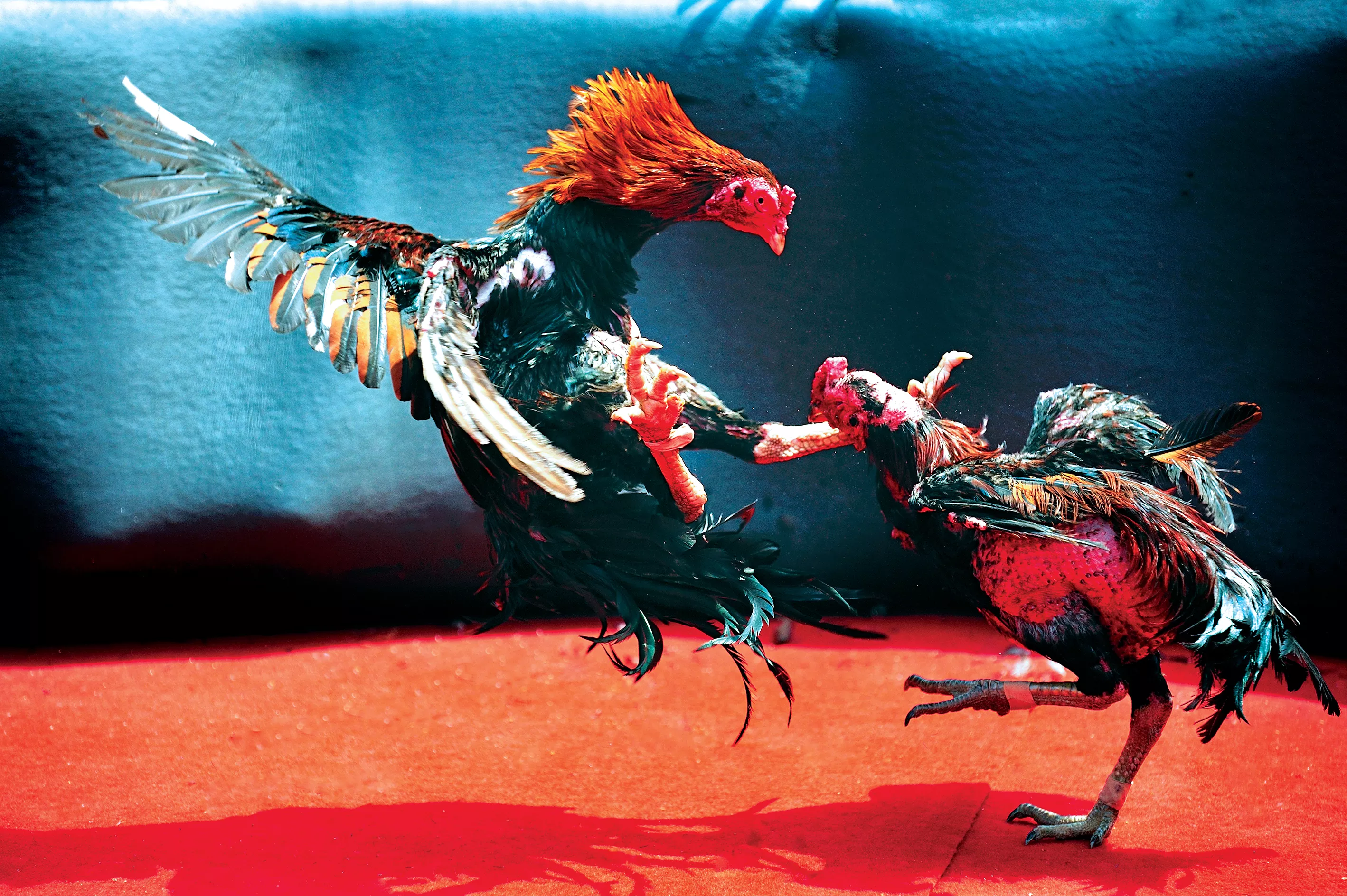Cockfighting: A Social Tradition and Controversial Game
Cockfighting is a centuries-old blood sport which has deep cultural roots in lots of parts of the planet. While it has been practiced for generations and holds significant cultural value for a few communities, in addition, it faces vehement opposition due to animal welfare concerns and legal issues. This article explores the annals, cultural significance, rules, equipment, and controversies surrounding cockfighting, shedding light on its complex nature.
1. History of Cockfighting
From ancient civilizations to modern societies, cockfighting has been part of human culture for a large number of years. Its origins could be traced back again to ancient Persia and Greece, where it had been regarded as a symbol of bravery and showcased the prowess of warrior birds.
2. Cultural Significance
Cockfighting is deeply ingrained in the cultural fabric of various regions, particularly in elements of Asia, Latin America, and the Caribbean. It serves as a social gathering, a form of entertainment, and ways to maintain traditions and social hierarchies within communities.
2.1 Cockfighting Rituals and Festivals
In many cultures, cockfighting is associated with religious or festive events. It is seen as a spectacle that brings communities together, fostering a feeling of unity and camaraderie.
2.2 Symbolism and Status
Cockfighting is often associated with symbolism and social status. Roosters with desirable traits are bred and groomed to demonstrate wealth, power, and the owner’s social standing within the community.
3. Cockfighting Around the World
Cockfighting has spread around the world, adapting to the cultural nuances and traditions of different regions. It has found its way to countries just like the Philippines, Mexico, Indonesia, and Puerto Rico, where it remains deeply rooted in local customs.
3.1 Cockfighting in Asia
In many Parts of asia, including the Philippines and Thailand, cockfighting is really a mainstream sport and a popular form of entertainment. It has evolved into a sophisticated industry, with specialized breeding techniques, high-stakes gambling, and also televised events.
3.2 Cockfighting in Latin America
Latin American countries like Mexico and Puerto Rico have their own vibrant cockfighting scenes. Here, the activity is tightly intertwined with cultural traditions, attracting both enthusiasts and critics alike.
4. Cockfighting Practices and Rules
Cockfighting involves two roosters pitted against each other in a small ring called a cockpit. The birds, bred because of their fighting abilities, take part in a brutal fight until one emerges victorious. Specific rules govern the matches, like the usage of protective gear for the birds and time limits for each round.
4.1 Breeding and Training
Successful cockfighters invest significant time and resources in breeding and training their roosters. Specialized breeding programs aim to produce birds with exceptional strength, agility, and fighting instincts.
4.2 Fight Stages and Rounds
Cockfights typically contain several rounds, with short breaks among. Each round allows the roosters to display their fighting prowess, with referees closely monitoring the match.
5. Cockfighting Equipment
Cockfighting requires various pieces of equipment, ensuring the safety of the birds and facilitating fair competition. These include spurs, gaffs, along with other accessories that improve the roosters’ ability to fight effectively.
6. Animal Welfare Concerns
Cockfighting has drawn significant criticism because of animal welfare concerns. Opponents argue that it promotes animal cruelty, causing unnecessary suffering and death. The intense fights and injuries inflicted upon the birds raise ethical questions concerning the sport.
6.1 Veterinary Care and Regulation
Advocates of cockfighting emphasize the significance of responsible bird care, including proper nutrition and veterinary attention. Regulations in a few regions try to ensure the welfare of the animals involved.
6.2 Cockfighting and Animal Rights Activism
Animal rights organizations actively campaign against cockfighting, striving to improve awareness concerning the perceived cruelty and push for legal reforms.
7. Legal Status and Bans
Cockfighting’s legal status varies worldwide. Although some countries regulate and invite the practice under specific conditions, others have outright bans in place. The legal framework surrounding cockfighting reflects the diverse cultural perspectives and societal attitudes toward the activity.
7.1 Countries Permitting Cockfighting
In certain countries, like the Philippines, cockfighting is legal and regulated. Here, it is just a popular form of entertainment and a substantial source of revenue for the federal government.
7.2 Countries Banning Cockfighting
Alternatively, countries like the USA and several European nations have enforced strict bans on cockfighting because of animal cruelty concerns and evolving societal values.
8. Cockfighting and Gambling
Cockfighting and gambling often go together. Spectators and enthusiasts place bets on the outcome of matches, turning the activity into a lucrative gambling activity. However, this aspect also plays a part in its controversial nature and fuels concerns about illegal gambling networks.
9. Effect on Local Economies
Using regions, cockfighting plays a significant role in the neighborhood economy. The sport attracts tourists, generates revenue through ticket sales and gambling, and stimulates related industries, such as poultry farming and the production of cockfighting accessories.
10. Cockfighting in Popular Culture
Cockfighting has permeated popular culture in a variety of forms, including literature, films, music, and art. ข่าวไก่ชนออนไลน์ has been portrayed both positively and negatively, often reflecting the cultural perspectives and societal debates surrounding the practice.
11. The continuing future of Cockfighting
The continuing future of cockfighting remains uncertain. As animal welfare concerns gain prominence and legal pressures mount, the activity faces challenges to its survival. Evolving attitudes, changing legislation, and cultural shifts may shape the continuing future of this controversial activity.
Conclusion
Cockfighting embodies a complex mix of cultural heritage, traditional practices, legal controversies, and animal welfare debates. Its significance varies across different regions, and opinions on its ethical implications diverge widely. As society progresses, the continuing future of cockfighting hangs in the total amount, prompting ongoing discussions and potential reforms to handle its ethical challenges.
